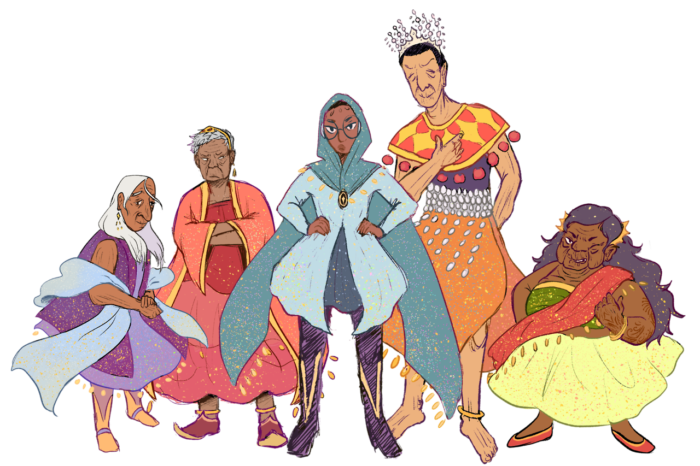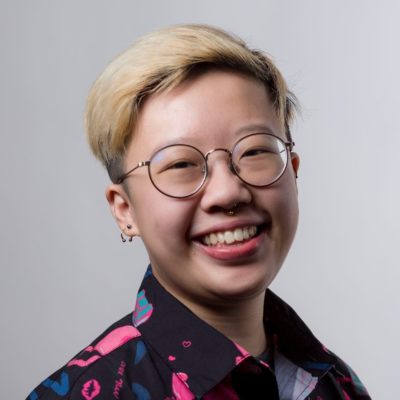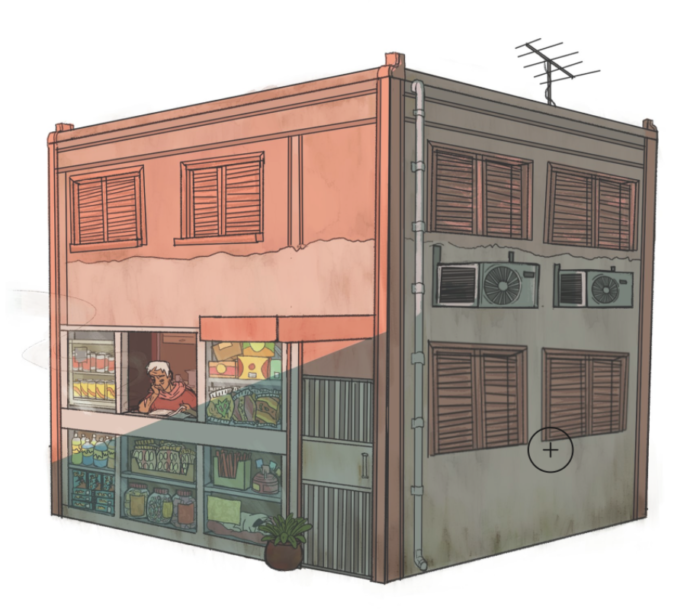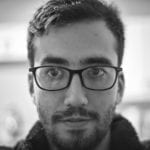
“Hong Kong doesn’t only lack animation studios, but more importantly, we’re far behind—homosexual marriages are still illegal.”
Ocean Wong started drawing in front of the TV at a young age watching their favorite TV shows: Cardcaptor Sakura, Digimon, Avatar: The Last Airbender. Those stories inspired them to think about the possibilities for new world creations and characters.
“As a kid, it was so empowering,” Wong says about growing up in Hong Kong. There’s been more than a decade between those early cartoon days and their latest creation of “old magical girls” who fight monsters and nightmares; still, the concept artist traces it all back to the tube.
“As I was growing up and figuring out what to do, drawing and photography came naturally for me. I love thinking about character design, world building, coming up with different ideas.”
For college, Wong came to America to study in Providence at Rhode Island School of Design. It’s the same place where the creators of The Last Airbender advanced their craft, and in their experience, Wong found the experience especially liberating. Up to that point, Wong had identified as cis female; in college, they found more freedom.

“I felt really comfortable,” says Wong, who identiofies as nonbinary transmasculine. “Having that network of support has been wonderful, and I want to keep that.”
Since settling in Boston for work after RISD three years ago, Wong has found the city to be comfortable. For starters, they say, they can live how they want to live.
“Hong Kong doesn’t only lack animation studios, but more importantly, we’re far behind—homosexual marriages are still illegal, and there is serious discrimination to find housing,” Wong says. “So you can see where the dialogue is at back home. Getting misgendered is going to be a thing, but more than that, I will have to be careful with how I present myself.”
In the US, Wong has created without boundaries. One major concept project came in the form of a collaboration. Permadeath—A Video Game Opera, which “integrated computer-generated content with the live performers,” played at the Cutler Majestic Theatre in 2018. Working with creator Cerise Lim Jacobs and composer Dan Visconti, Wong developed the character of Niobe, an older silhouette defeated by sorrow.
“We decided to conceptually make her limp for how sad she was,” Wong says. “We wanted to integrate nature with trees and leaves, but in the end we made a simpler character to make it easier to animate.”
In all their efforts, Wong seeks to create visual narratives that look notably different from trendy cartoons. For one, they use a lot of older characters, and in general incorporate a wide and diverse range of cultures.
“All concept art is … is coming up with many, many ideas,” Wong says. “There is a lot of research involved in it, actually. Whenever I’m putting something out into the world, it needs to be respectful and true to the material that I’m referencing.”
Recently, Wong has focused on Dream! Magical Protectors, their illustrated novel about “magical girls” who are older and perceived as being way past their prime. It’s based in Malaysia, with characters from various cultures all battling nightmares and monsters.
“Growing up, I watched a lot of magical girls,” Wong says. “There is this specific thing where there is always a transformation sequence, of that almost sort of persona that you have.

One mission of the magical protectors: push kids to forge their own agenda and to have control over their own lives.
“It’s empowering,” Wong says. “It shows that you can be something more.”
Diego was born in Caracas and studied music in Paris and journalism in Bogota. He earned a Master of Science in Journalism at Boston University and is currently contributing to DigBoston and the Boston Institute for Nonprofit Journalism.

